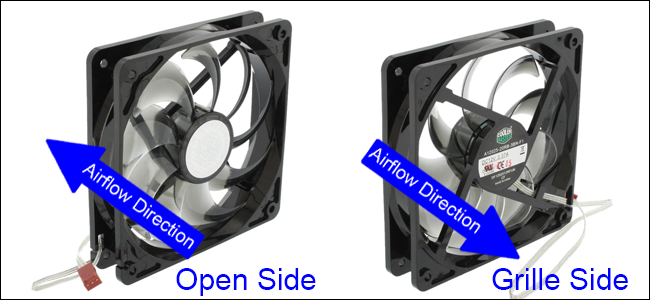Hello,
I have a newly built system which is experiencing poor cpu thermals. It idles at around 40 C when the AIO fans are on full speed. The ambient temperature is probably around 27 C. The main problem arises under any sort of load. Whilst gaming the temps range between 65-75 C on average with max of 85/90 C. When running a Cinebench, the temperature immediately jumps to 95-100 C and remains in that range. The cpu is running at stock. I have only enabled XMP in the bios.
I have: reseated the cooler; reapplied thermal paste; change the orientation of the fans; confirmed that the pump is at max RPM through bios. It can hear it make a noise every now and then for what sounds like the water moving through the pump and the pipes vibrate as if the water is flowing (this is my first AIO so I am not completely sure how it should sound and or feel but I saw that suggested in a previous thread). I can also feel it the radiator get hot where the tubes connect.
I have no idea what else I can do. Is there something else that could be wrong with the radiator? Any help would be much appreciated.
Thanks.
Build:
CPU - Intel i7 11700K
Mobo - ASUS TUF B560 - PLUS WIFI
Cooler - Cooler Master ML240L V2
Case - Lian Li 011D Mini
Fans - 8x Cooler Master Sickleflow 120mm (6 for case, 2 for AIO)
I have a newly built system which is experiencing poor cpu thermals. It idles at around 40 C when the AIO fans are on full speed. The ambient temperature is probably around 27 C. The main problem arises under any sort of load. Whilst gaming the temps range between 65-75 C on average with max of 85/90 C. When running a Cinebench, the temperature immediately jumps to 95-100 C and remains in that range. The cpu is running at stock. I have only enabled XMP in the bios.
I have: reseated the cooler; reapplied thermal paste; change the orientation of the fans; confirmed that the pump is at max RPM through bios. It can hear it make a noise every now and then for what sounds like the water moving through the pump and the pipes vibrate as if the water is flowing (this is my first AIO so I am not completely sure how it should sound and or feel but I saw that suggested in a previous thread). I can also feel it the radiator get hot where the tubes connect.
I have no idea what else I can do. Is there something else that could be wrong with the radiator? Any help would be much appreciated.
Thanks.
Build:
CPU - Intel i7 11700K
Mobo - ASUS TUF B560 - PLUS WIFI
Cooler - Cooler Master ML240L V2
Case - Lian Li 011D Mini
Fans - 8x Cooler Master Sickleflow 120mm (6 for case, 2 for AIO)


